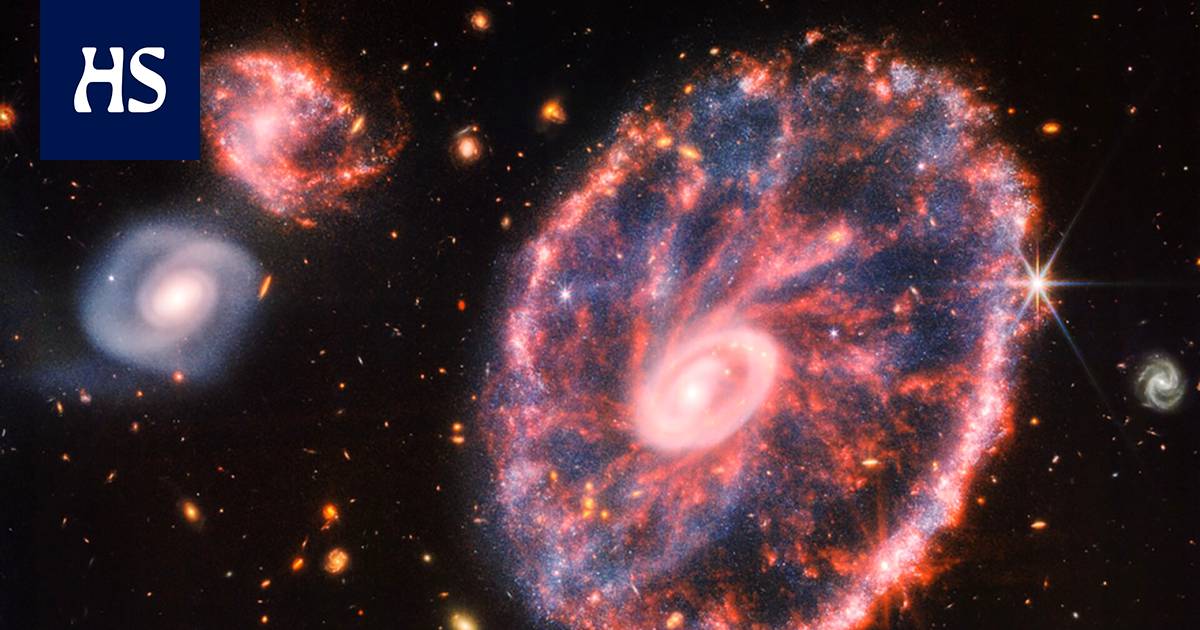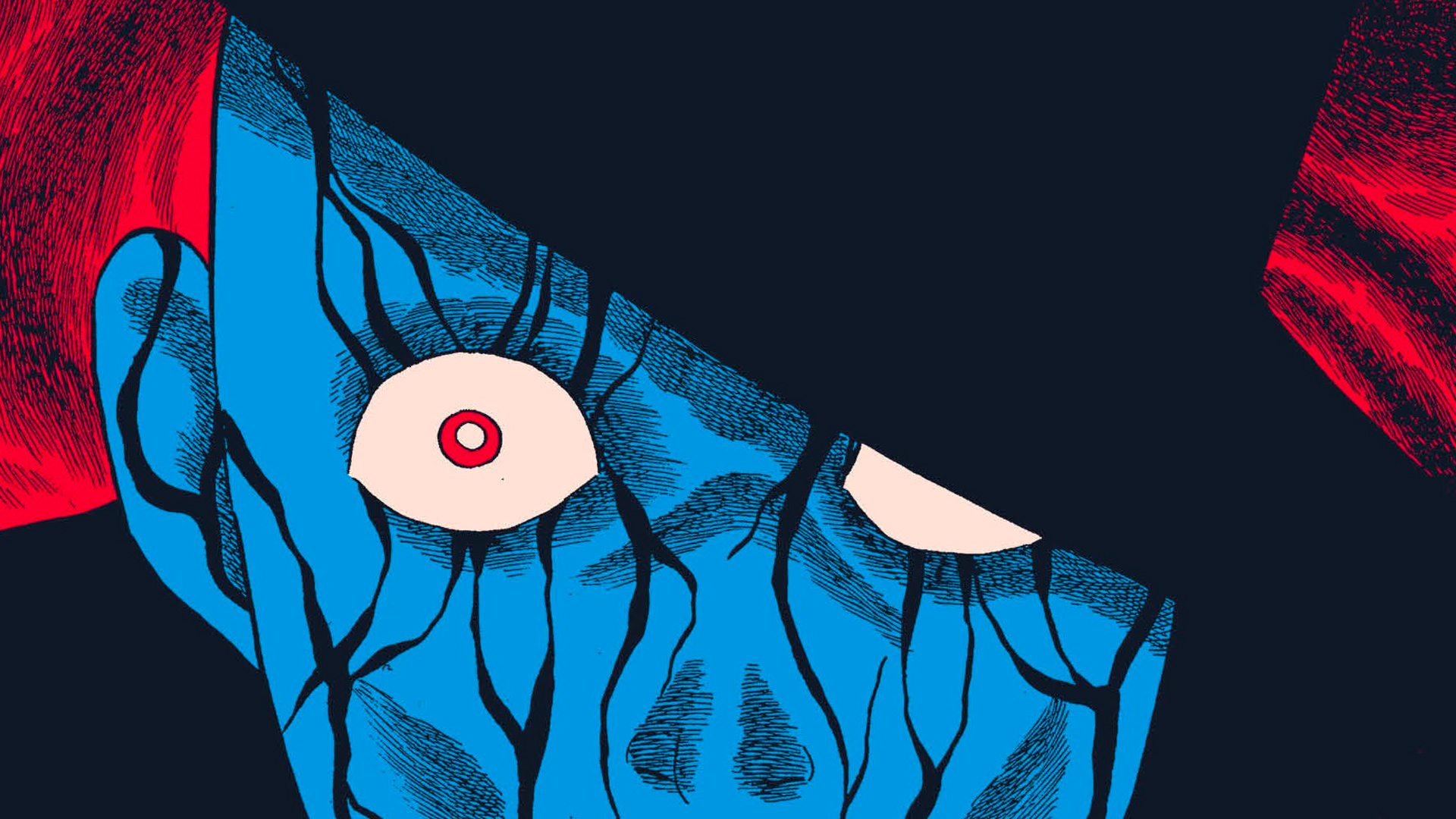The shape of the galaxy is due to the Collision of two galaxies about 400 million years ago.
New James Webb Space Telescope has described a peculiar galaxy, so called Cartwheel Galaxy.
The image reveals the exact details of how stars form.
The strange galaxy has been photographed before with different telescopes. In those pictures, the galaxy was covered by dust in many places. Webb measures infrared light through the dust.
Webb’s sensitive infrared instruments produced the most detailed images ever not only of the galaxy itself but also of two smaller galaxies near it. That’s what it says A press release from the US space agency NASA.
Cartwheel Gala located about 500 million light years away In the constellation of the sculptor.
The galaxy is called a ring galaxy. It is rarer than spiral galaxies like our own Milky Way.
Its cartwheel-like appearance is the result of an ancient collision between a large spiral galaxy and a smaller one. The collision occurred perhaps around 400 million years ago.
The galaxy has two rings: bright inside and colorful around. The tires expand from the center of the impact like ripples in a pond into which a stone has been thrown.
There is a huge amount of hot dust in the core of the ring galaxy. The brightest regions are the birthplaces of giant young star clusters.
Outer ring has been expanding for hundreds of millions of years. It is dominated by, among other things, supernovae, stars that have exploded at the end of their life cycle and their remnants.
As the ring expands, it hits the surrounding gas. The final result from Kolar can be a new star again.
Webb’s near-infrared camera Nircam described the galaxy’s infrared radiation at wavelengths of 0.6–5 microns, or thousandths of a millimeter.
Nircam’s data is colored blue, orange and yellow in the picture. There are many individual blue dots in the galaxy. They are separate stars.
Cartwheel Gala used to almost certainly be a normal spiral galaxy.
Finer details of the dust were captured by Webb’s instrument measuring mid-infrared wavelengths, Miri.
Its data is in red in the picture. The color reveals areas rich in hydrocarbons, other chemical compounds and silicate dust. Silicate is also a large part of Earth’s dust.
Hubble separated the “poles” of the galaxy already in 2018, but in Webb’s image they stand out much more clearly, as the attached pair of images shows.
WEBB the first images were spectacularly released on July 12. Nasa expects Webb to image space more accurately than other telescopes for years.
Webb’s lifetime has been estimated to be even more than 20 years.
#Space #exploration #strange #cartwheelshaped #galaxy #Webbs #image #greater #detail









